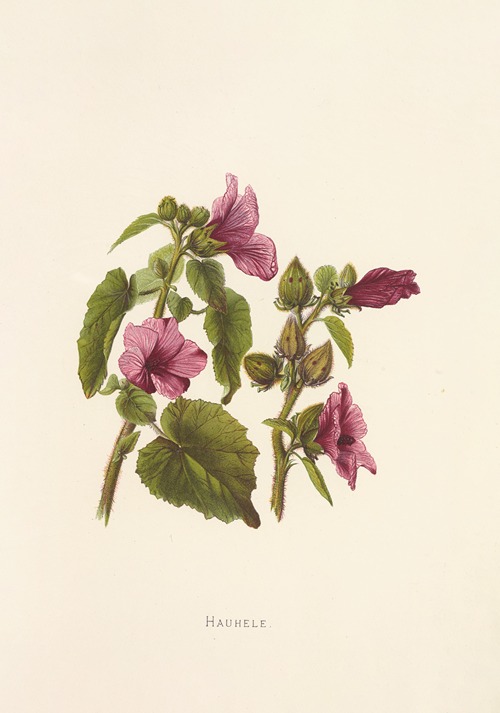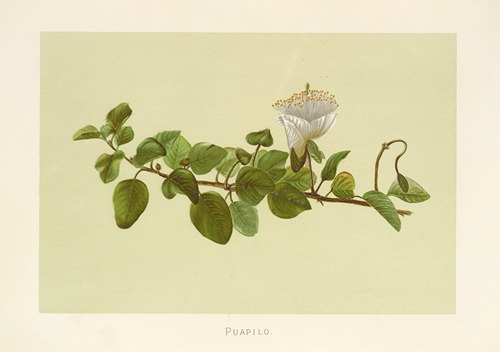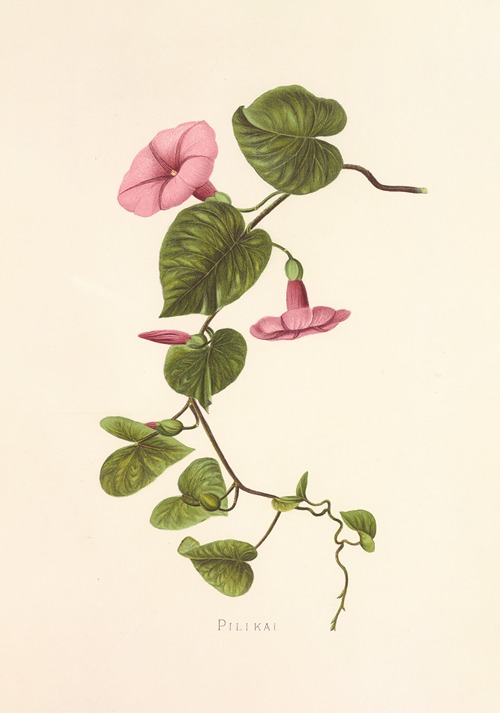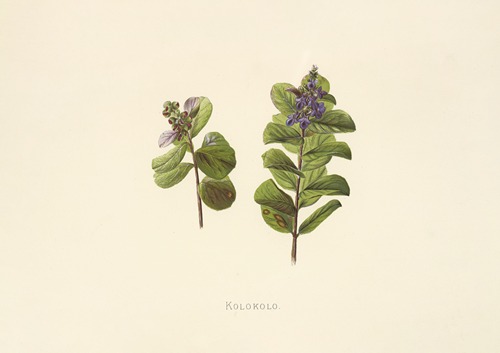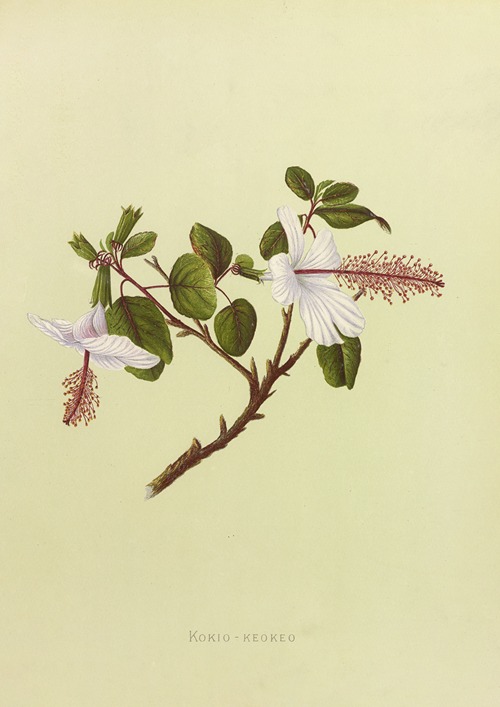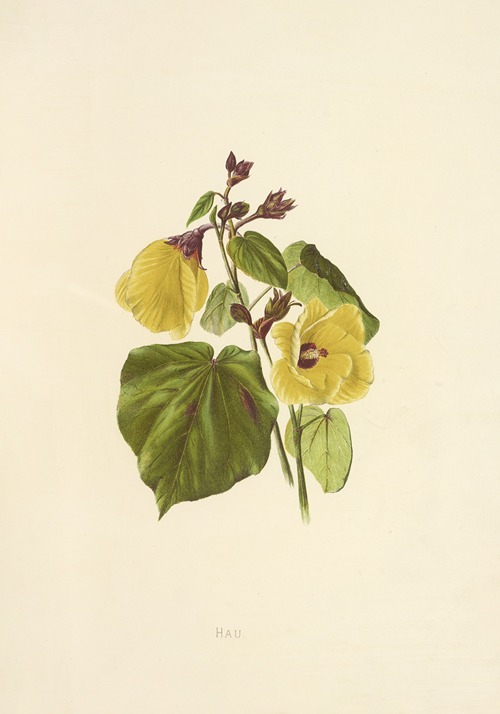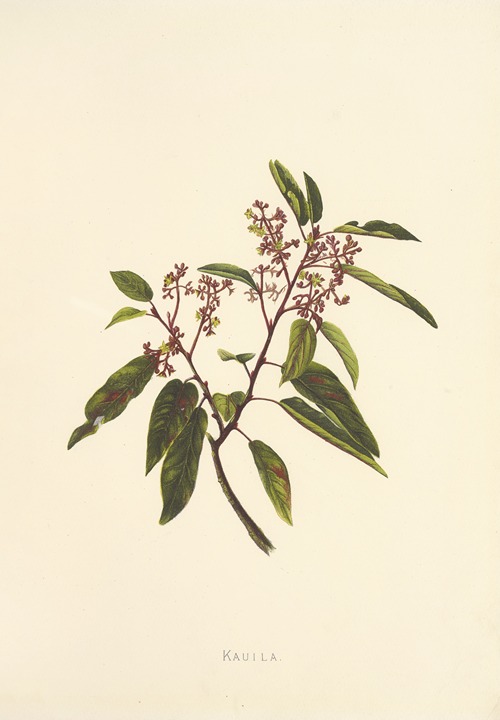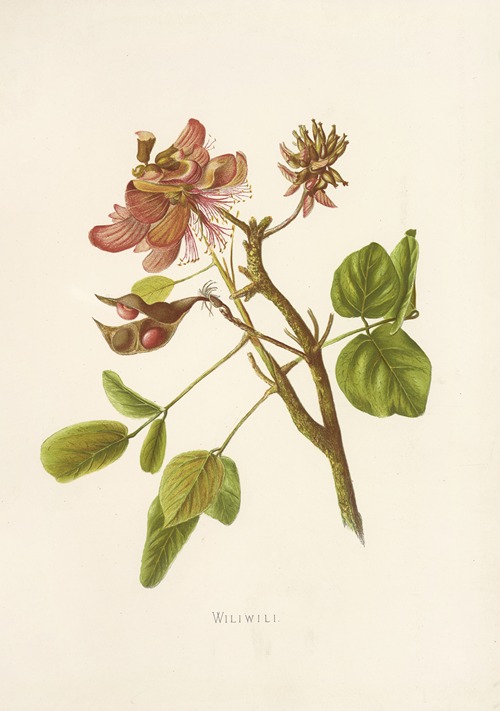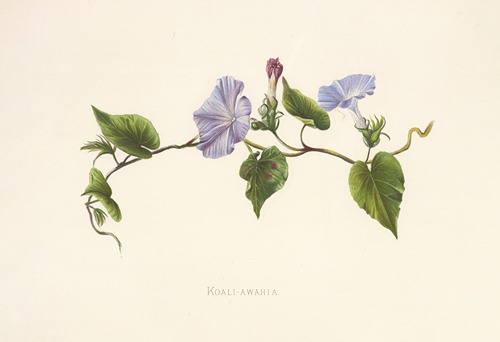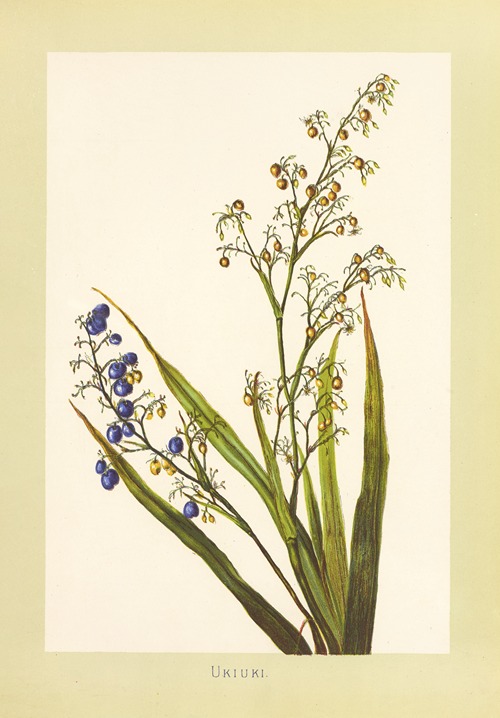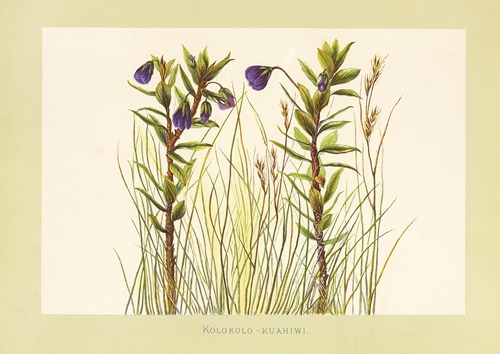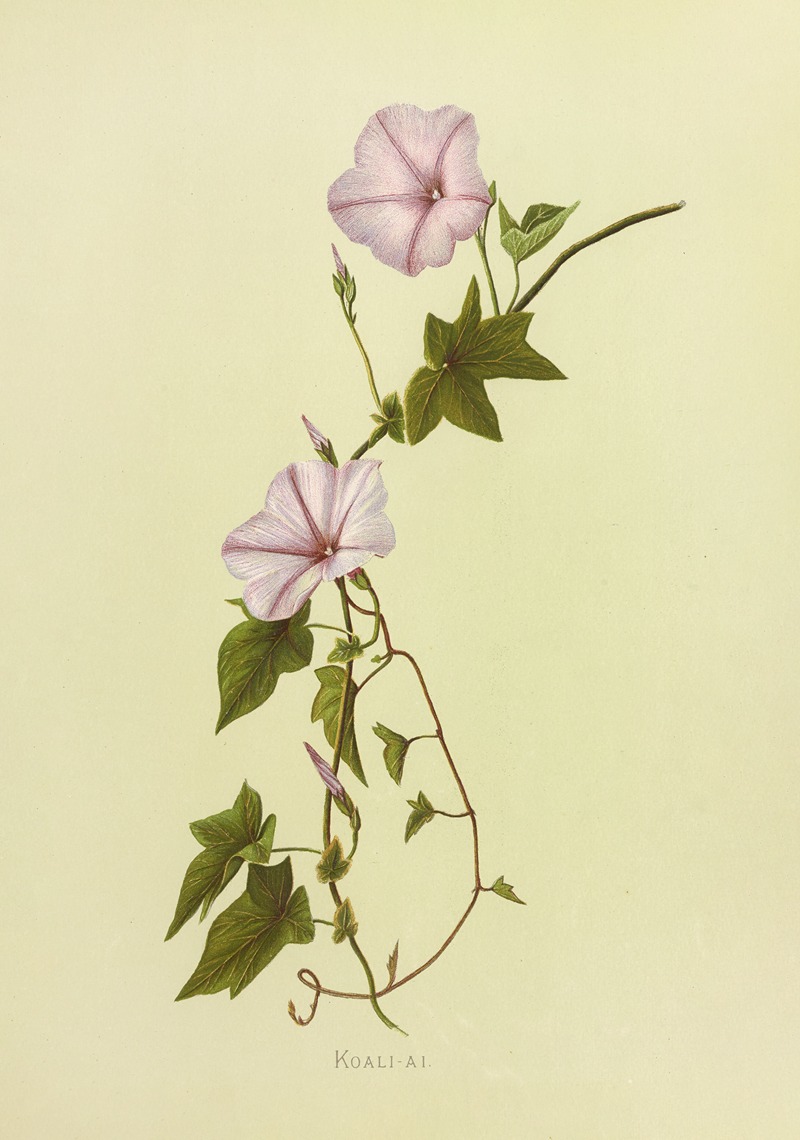
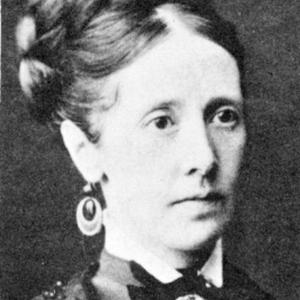
Isabella McHutcheson Sinclair was a Scottish born botanist, author and botanical illustrator. Her best known work is the 1885 book Indigenous flowers of the Hawaiian islands, the first book published with colour images of Hawaiian flowering plants.
Sinclair was born Isabella McHutcheson in 1840 near Stirling, Scotland. She is believed to be a daughter of Isabella (Phelps) McHutcheson and her husband William McHutcheson, who was a brother of Elizabeth McHutcheson Sinclair. She emigrated to New Zealand with her family as a young child. On 7 August 1866, Isabella McHutcheson of Blenheim, Marlborough, New Zealand married her cousin, Francis Sinclair, Jr. After marriage to her husband Francis, Sinclair moved with his family to Hawai'i. Her aunt and mother-in-law, Elizabeth Sinclair, was a farmer and plantation owner in New Zealand and Hawaii, best known as the matriarch of the Sinclair family that bought the Hawaiian island of Niʻihau in 1864 from King Kamehameha V for the sum of $10,000 in gold.
In Hawaii, Sinclair produced her most notable work Indigenous flowers of the Hawaiian islands. This was the first book published with colour images of Hawaiian flowering plants.
After her marriage, Sinclair lived with her husband in Kiekie on the island of Nii'hau and later in Makaweli on the island of Kauai. She explored Niihau, Waimea Valley, Olokele Valley, Kokee and other locations, painting the native flora there and researching information about those species from Native Hawaiians. She collected specimens of each native flowering plant and illustrated each one, creating a portfolio of 44 full-page color plates. She sent the specimens to Joseph Dalton Hooker, then director of the Royal Botanical Gardens at Kew, England, for scientific identification. Dr. Hooker provided her with each flower's botanical name, which she documented along with the Hawaiian names, natural habitats and blossoming seasons of each species.
In 1885, with the encouragement of Hooker, Sinclair published Indigenous Flowers of the Hawaiian Islands. She dedicated the volume: “To the Hawaiian Chiefs and People who have been most appreciative friends, and most lenient critics, this work is affectionately inscribed.”
